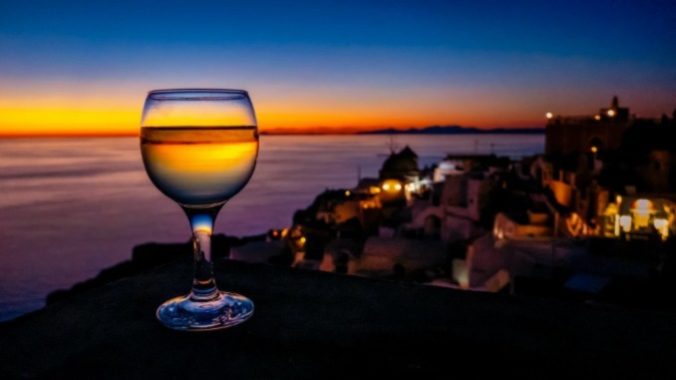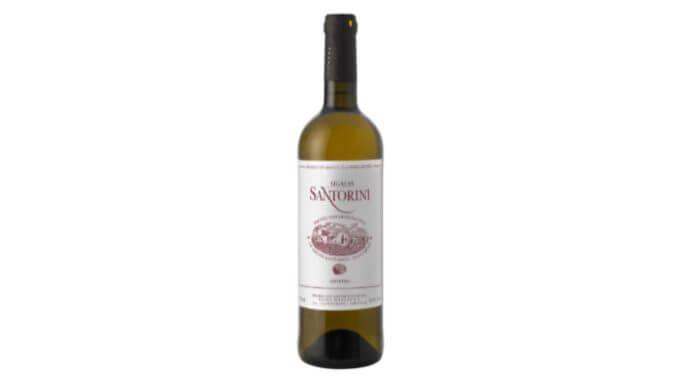Native Grapes: Tasting Two Assyrtikos From Greece
Photo by Brad West/Unsplash
If you drink wine, you’re probably acquainted with the most well-known international varieties, like Chardonnay, Cabernet Sauvignon, Riesling and Merlot. But many of the world’s greatest wine-growing regions also boast native varieties, which are often grown in limited quantities. In this series, we’ll expand our wine horizons and take a deeper look at some of the world’s most interesting native grapes.
-

-

-

-

-

-

-

-

-

-

-

-

-

-

-

-

-

-

-

-

-

-

-

-

-

-

-

-

-

-

-

-

-

-

-

-

-

-

-

-










































